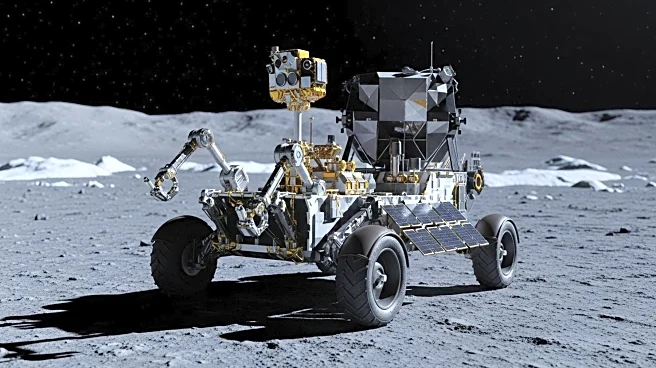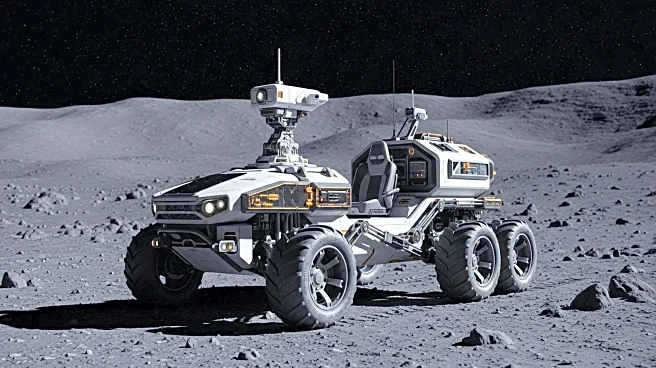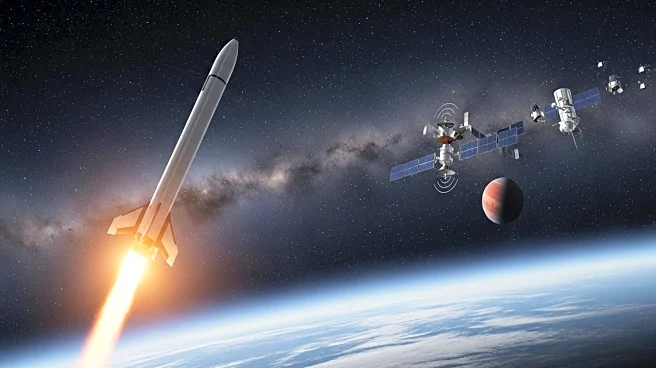What's Happening?
NASA has selected Blue Origin to deliver the VIPER rover to the Moon's South Pole as part of its Artemis campaign. The contract, under the Commercial Lunar Payload Services (CLPS) program, has a potential value of $190 million. Blue Origin will be responsible for the complete landing mission architecture, including design, analysis, and testing of a large lunar lander. The VIPER rover will search for volatile resources, such as ice, on the lunar surface, providing crucial data for future exploration missions. This marks the second CLPS lunar delivery awarded to Blue Origin, with the first delivery scheduled for later this year.
Why It's Important?
The delivery of the VIPER rover is a significant step in NASA's efforts to establish a long-term American presence on the lunar surface. By exploring the Moon's South Pole, the rover will gather data that could inform future landing sites for astronauts and enhance understanding of the Moon's environment. This mission supports NASA's goals of mapping potential off-planet resources, like water, which are vital for sustaining human missions. The collaboration with Blue Origin highlights the role of U.S. industry in advancing space exploration capabilities and fostering a commercial lunar economy.
What's Next?
Blue Origin is tasked with designing payload-specific accommodations and demonstrating how its flight design will deploy the rover to the lunar surface. NASA will decide whether to exercise the contract option for rover delivery after reviewing the base task and Blue Origin's first flight of the Blue Moon MK1 lander. The rover's mission is targeted for late 2027, with a science window of 100 Earth days. The findings from this mission could influence future exploration strategies and resource utilization on the Moon.
Beyond the Headlines
The search for lunar volatiles is crucial for both scientific research and human missions under the Artemis program. Understanding the distribution and origin of lunar water can provide insights into the processes that have shaped the solar system. This mission could also demonstrate the viability of private sector-developed landing capabilities, reducing costs and technical risks for NASA.











